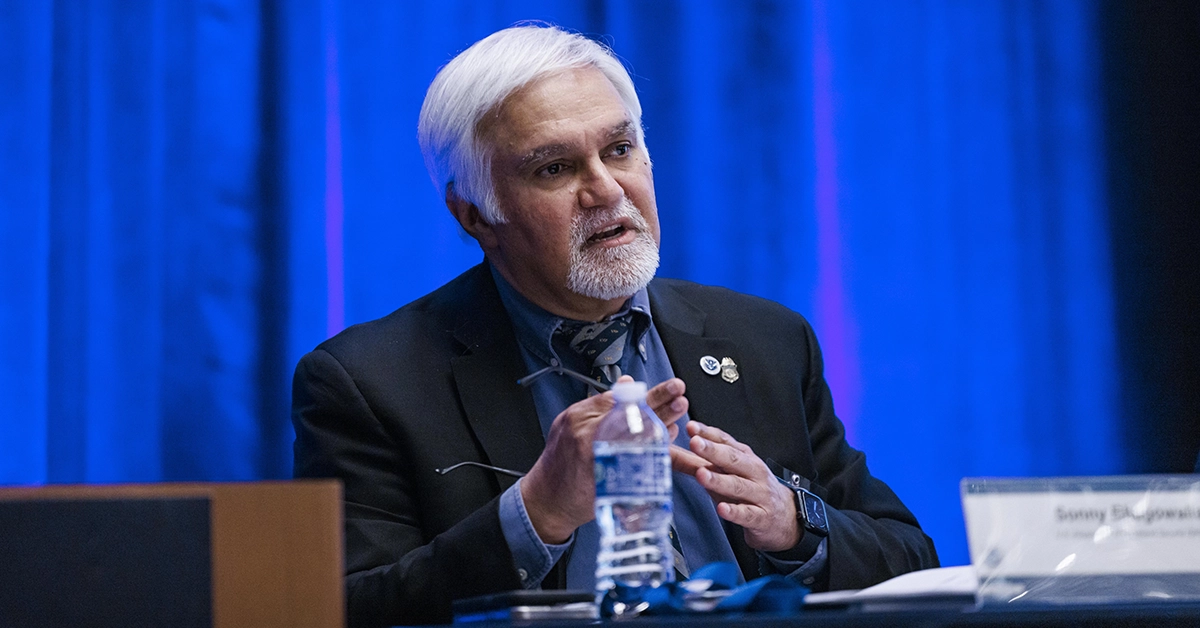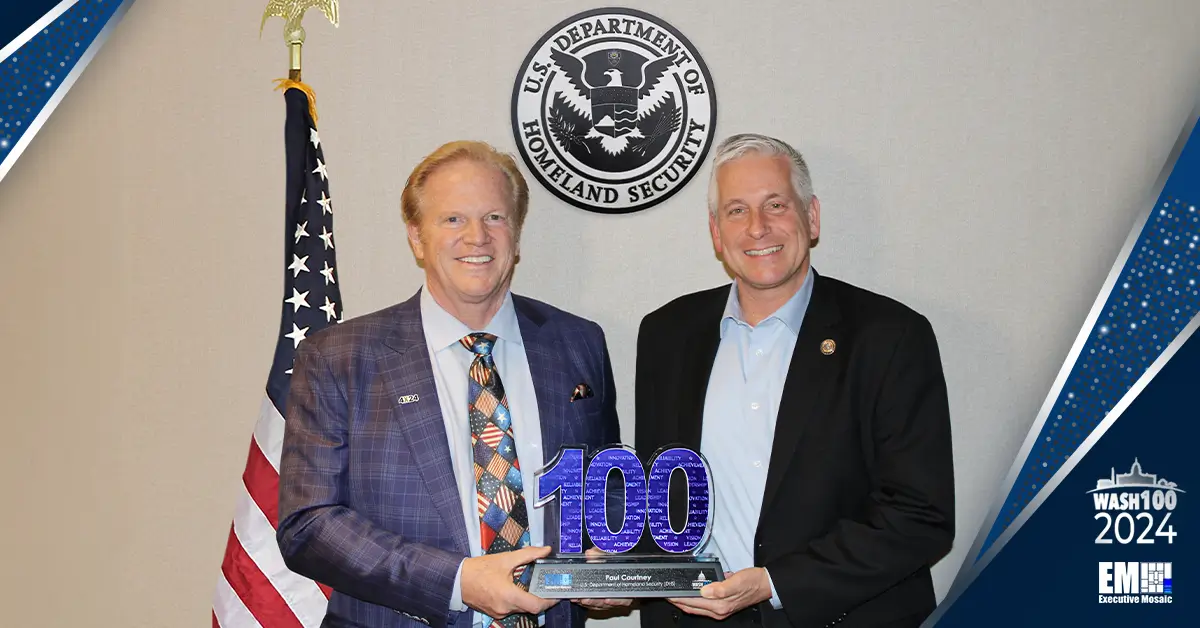As the future of warfare becomes increasingly reliant on information and digital tactics, our adversaries are employing information warfare to achieve overmatch – even before the physical war begins. With great power competition, information superiority is critical to success on the Digital Battlespace.
During Potomac Officers Club’s Achieving Spectrum Dominance in the Digital Battlespace Virtual Event, leaders from the private and public sectors joined together to discuss the challenges of the electromagnetic spectrum, including spectrum competition in a contested and congested environment.
If you missed the Achieving Spectrum Dominance in the Digital Battlespace Virtual Event, you can still access the OnDemand footage by visiting Potomac Officers Club’s Event Archive.
Dr. Charles Johnson-Bey, senior vice president with Booz Allen Hamilton, recently moderated an expert panel, featuring David Tremper and Ellen Purdy of the Department of Defense, Melinda Tourangeau of the Reginald Victor Jones Institute and Glenn “Powder” Carlson of the Association of Old Crows.


Tourangeau, executive director of Reginald Victor Jones Institute, took the stage to address how her organization will help the DOD achieve electromagnetic superiority. “One day, the EMS will become a public goods resource. We will have to address the EMS as a Large Scale, Collective Action Problem,” Tourangeau said. To combat this challenge, she added that “Partnerships are going to be the order of the day.”
Tourangeau remarked the Institute is filling two critical gaps. The first is in the formation of institutionalized knowledge to inform decisions, promote best practices, and garner lessons learned. To date, no entity is doing this, but it is critical to EMS Superiority. Second, the Institute, functioning as a Center of Excellence, will help usher in a culture of awareness among every “soldier, sailor, airman, marine, and guardian” as to the opportunities and the vulnerabilities of operating in the spectrum.


Following Tourangeau’s remarks, Temper discussed EMS resiliency, stating that electronic protection (EP) creates a gap in the way the nation builds systems. “There is an inconsistency in the way we manage EP and, as a result, there is a lack of resilience,” he said.
Temper stated that DOD should create operationally relevant environments to test protection and spectrum technologies. He added that these systems should be developed to accommodate the whole of military spectrum users. “We all have to come together to collaboratively solve this problem,” Temper added.
Carlson added that spectrum dominance, while it can be a goal, cannot be fully achievable. There is the possibility for freedom of attack and spectrum superiority, but not complete dominance. He noted that EMS is not only a maneuver space for military environments, but it is a maneuver space for all that use it.


“We are relearning and rebuilding capabilities for the entire fleet, not just one portion. Precision electronic attack should be a goal, but EW as a whole requires development and fielding of new technologies; we have a long way to go to ensure superiority,” Carlson said.
With the ability to detect and characterize spectrum, the warfighter will increase efficiency and mission success. “Things need to happen at the speed of automation and computation. That is the speed at which we are conducting national security,” Purdy noted.
The DOD has worked on various projects to develop and deliver prototypes. The department has developed enabling capabilities to support the nation’s spectrum capabilities in the future. “DOD is always trying to modernize to stay on top of the evolutions within the battlefield.”
Tourangeau urged the audience to consider three areas that stand out for investment and procurement: LVC [Live, Virtual, Constructive], EP features on every spectrum-dependent system, and dynamic spectrum access/spectrum sharing. While the community waits for requirements, these are the best vectors to help the DOD gain a foothold on capabilities and get the right prototypes developed.
Prior to the panel, Purdy delivered a keynote address where she discussed the evolution of spectrum technology, challenges in the field and priorities moving forward. “We need to be agile to move around the spectrum in a deliberate manner. We also need resiliency to give our systems and the ability to access it and continue to execute the mission,” Purdy said.
If you missed the Achieving Spectrum Dominance in the Digital Battlespace Virtual Event, you can still access the OnDemand footage by visiting Potomac Officers Club’s Event Archive.


Mark your calendar for February 18th, when Potomac Officers Club will host its 2021 Border Protection Innovations and Technology Forum.
The U.S. Customs and Border Protection (CBP) has continually worked to identify, adapt and deliver innovative and disruptive commercial technology solutions to enhance safety and effectiveness to maintain a competitive edge.
CBP’s Innovation Team identifies and pilots emerging commercial technologies, adapts them for government use and transitions proven capabilities. The agency has worked with new technologies, such as Automated Targeting System (ATS), Border Watch and Unmanned Aerial Vehicles (UAVs), to further modernization efforts and advance national security.
Featuring Rachelle Henderson, chief information officer of Immigration and Customs Enforcement with the U.S. Department of Homeland Security (DHS), the forum will discuss how new technologies have shaped the modernization across federal agencies, as well as how the industry’s partnerships and solutions can support these critical missions.







